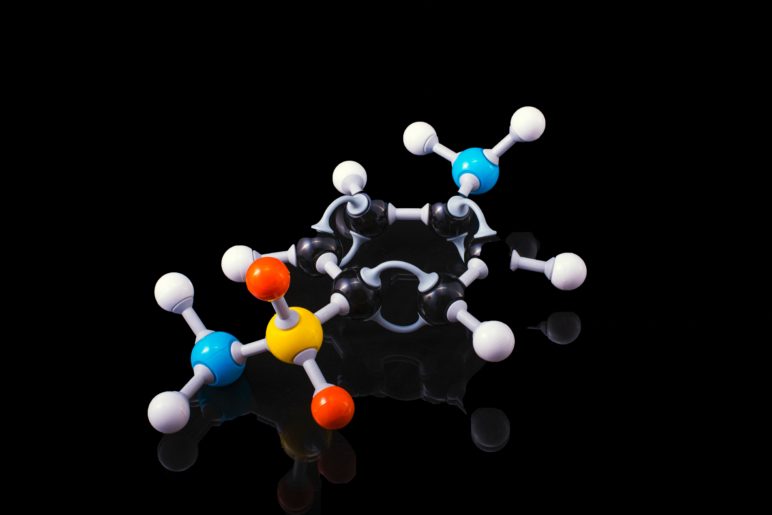After a dizzying few weeks in British politics, which have seen an almost complete reversal of the measures announced in the September mini budget, as summarised in our previous article, we thought it might be helpful to set out what remains of the economic measures announced in September, and how they might affect you.
Continue Reading



